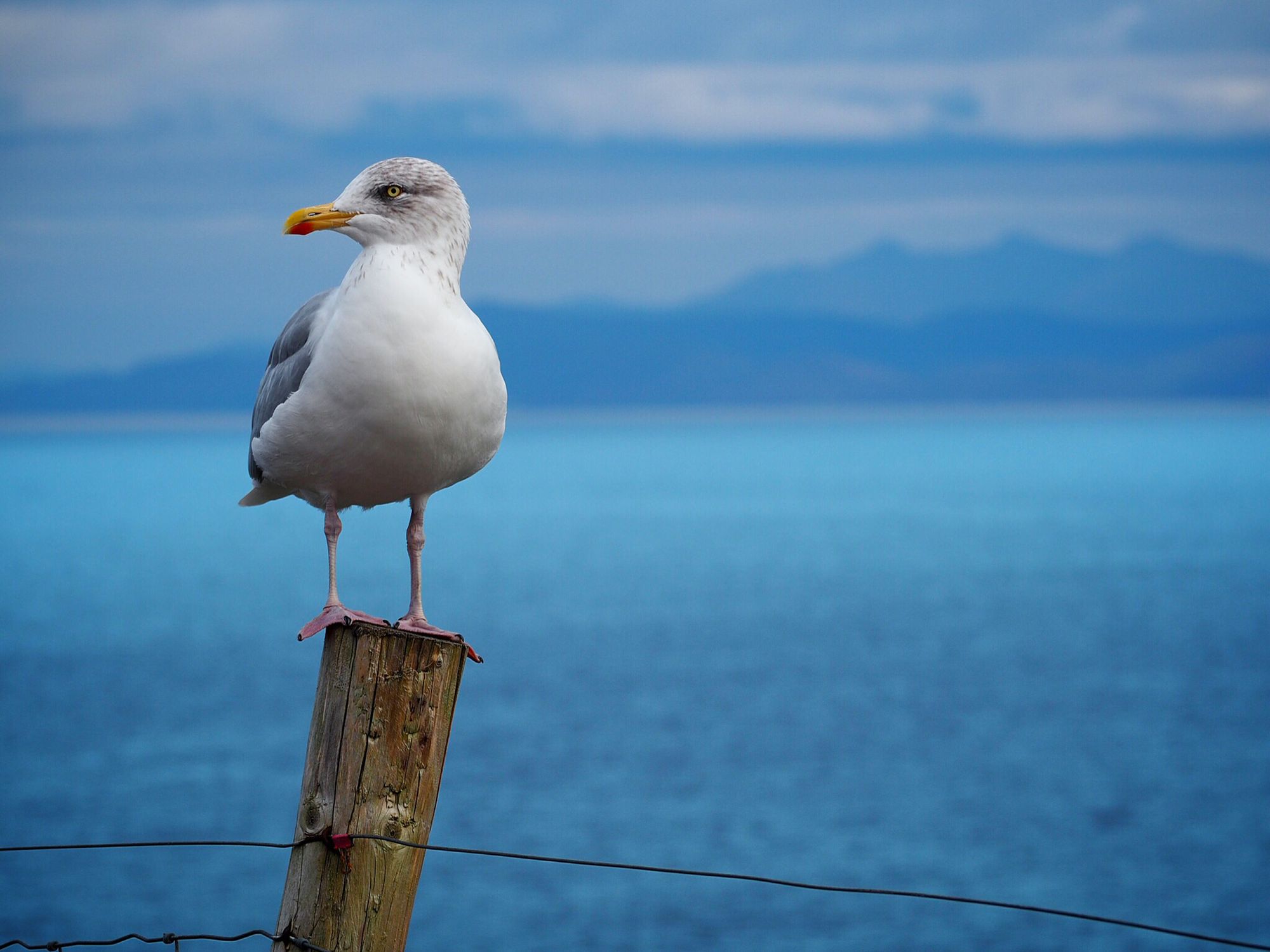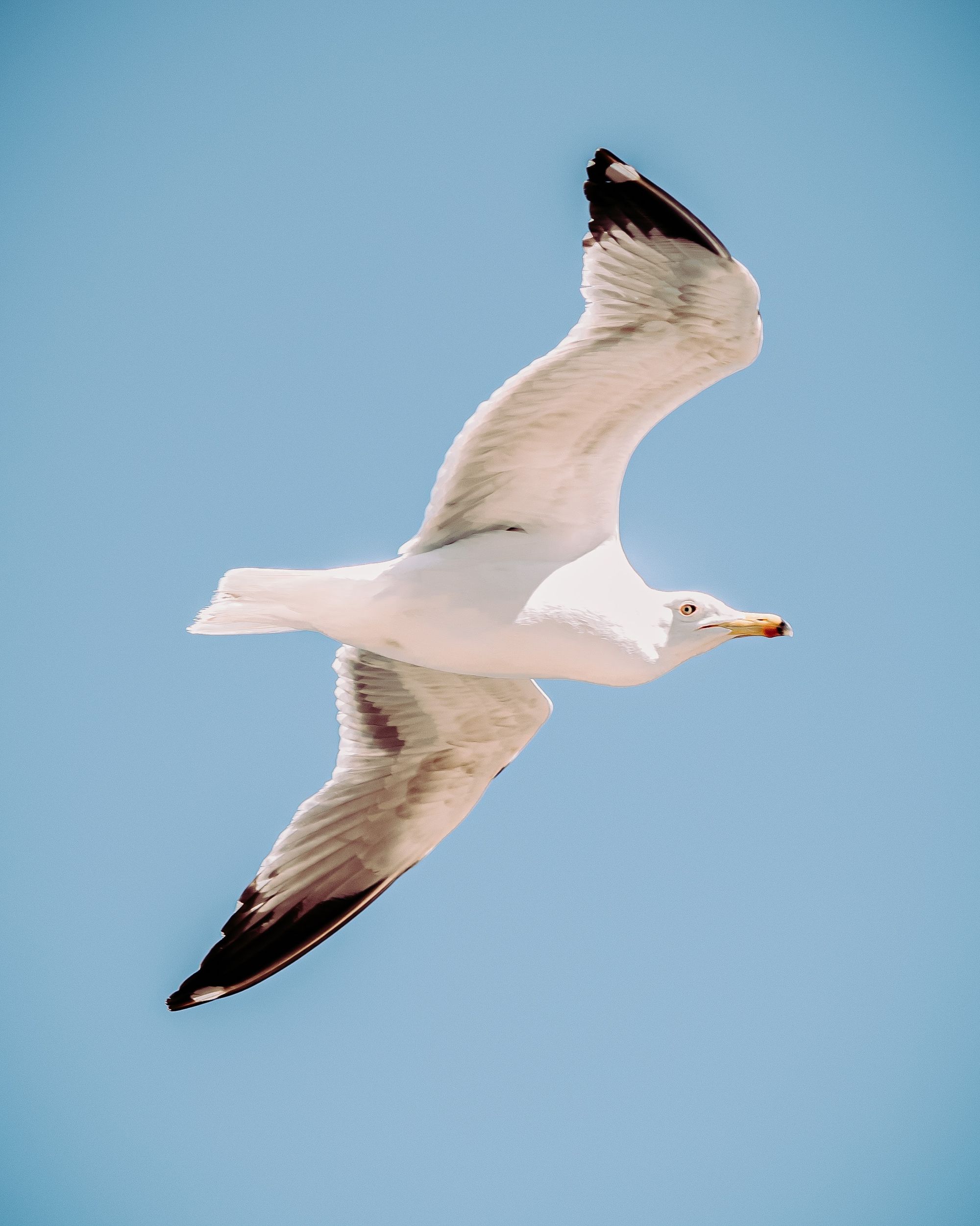Where Do Seagulls Sleep? (All Interesting Facts You Need to Know)

Seagulls are one of the most popular amongst birds that live around us. However, lots of things seem like a mystery about them. Popular questions on your mind could be. When do these lousy seagulls call it a night and go to sleep? Why are they always in my backyard and squeaking at ungodly hours? Where do they go at night when they’re not in my backyard and the park, during the day?
Well, Studies have revealed that these birds sleep. However, they are very picky about where, when, and how they sleep. This piece answers all the questions you might have about seagulls' sleeping habits. Let's dive in for more information.
Where Do Seagulls Sleep?
Seagulls prefer to sleep near open water, whereas gulls in the city prefer to roast on rooftops, dumpsters, and, as I previously mentioned, in your backyards and other public areas. They also enjoy sleeping on beaches when the waves are not crashing against the rocks and causing the sea to become unsettled.
The majority of seagull species are diurnal, which means that they sleep during the night and are awake during the day. When it comes to seagulls, on the other hand, nothing is certain.
These scavenger birds do not have a fixed sleeping location or schedule, and they have been observed flying at night on several occasions. The primary reason that some seagulls migrate from day to night is to find food.
And, while we're on the subject of food sources, you've probably had some seagull visitors because you've made it a habit of taking out the delicious trash at specific times of the evening or morning. Seagulls, on the other hand, prefer to sleep in areas where they are less likely to be hunted by predators. In the majority of cases, your own home may be the most suitable location.

Where Do Seagulls Go To Sleep When It Rains?
Feathers on all kinds of real birds were developed with rain resistance in mind. In the process of trying to keep the rain out and draw in the fresh air, their feathers get wet. Gulls seek shelter under trees and hedges when the rain begins to fall heavily and their feathers have soaked up all the water they can.
Some seagulls may choose to brave the storm's rough waves to reach dry land. This may be a few miles away from where they are now.
When a storm is brewing, seagulls will take to the skies before the rain begins to fall. Sometimes, fishermen rely on the seagulls to predict the arrival of a storm. Despite their reputation as nuisances at home, seagulls are the best companions for bay watchers and fishermen at sea, provided they don't try to steal from them.
How Do Seagulls Sleep?
Seagulls sleep with their eyes closed and their beaks tucked between the feathers of their feathered bodies. Experts also revealed that they sleep on one leg for reasons we’ll ascertain later. However, they will open their eyes every five to ten minutes to check their surroundings and make sure they are not being swallowed by a large whale or shark or being devoured by eagles, as they have in the past.
Their sleeping patterns are out of the ordinary. We can only hope that they can sleep well. However, now comes the bizarre part. In contrast to humans, seagulls base their decisions on the decisions of other birds in the colony to determine when it is safe to sleep and when it is not. While we humans have figured out that taking watch-by-turns to avoid enemies swooping in on us was the best strategy, seagulls do not.

Why Do Seagulls Sleep On One Leg?
Seagulls alongside other long-legged birds stand for several hours with one leg with their feathers tucked in. Hence, they can also sleep like this on beaches, icy lakes, and rooftops. This is because sleeping this way helps them minimize heat loss from the body during very harsh winter seasons.
Moreover, seagulls make use of blood circulation and adaptive methods to cope with the cold and reduce the rate at which their bodies absorb the cold.
What Time Do Seagulls Go to Sleep?
Seagulls are likely to assess the level of calmness of the water before tucking themselves into their sleeping quarters on the banks of lakes and rivers.
In general, they prefer to sleep when they perceive the environment to be calm, unsettling, and with fewer predators nearby. Like all other birds, seagulls can be fiercely protective of their young. In some cases, it is determined by the amount of time their young have slept and been sufficiently satiated by food. According to scientific research, the majority of bird species, except for a few seagull species, are thought to be dormant at night.

What Time Do Seagulls Get Up In The Morning?
The sun rises, and the seagulls follow suit. Seagulls will wake up at the same time every morning as long as the sun shines on them.
These birds typically awaken between 4:30 and 5:30 a.m. on weekdays and weekends. Because seagulls can be found all over the world, it is dependent on the time of day when the sun rises. Seagulls are similar to those obnoxious alarm clocks that never seem to go away.
A seagull-obsessed animal lover experimented with the sounds of his doorbells to see what he could come up with. It was discovered that there was an astounding 70db difference when he compared the two recordings! During breeding seasons, expect a disjointed choir rendition that is even louder and more chaotic.
Conclusion
Seagulls are one of the most interesting birds around. They are active most of the time which makes humans that see them wonder if they ever sleep. Well, I believe this piece has given you all the information you need to know about seagulls' sleeping patterns. For these birds, safety is the most important determinant of how, when, and where they sleep!